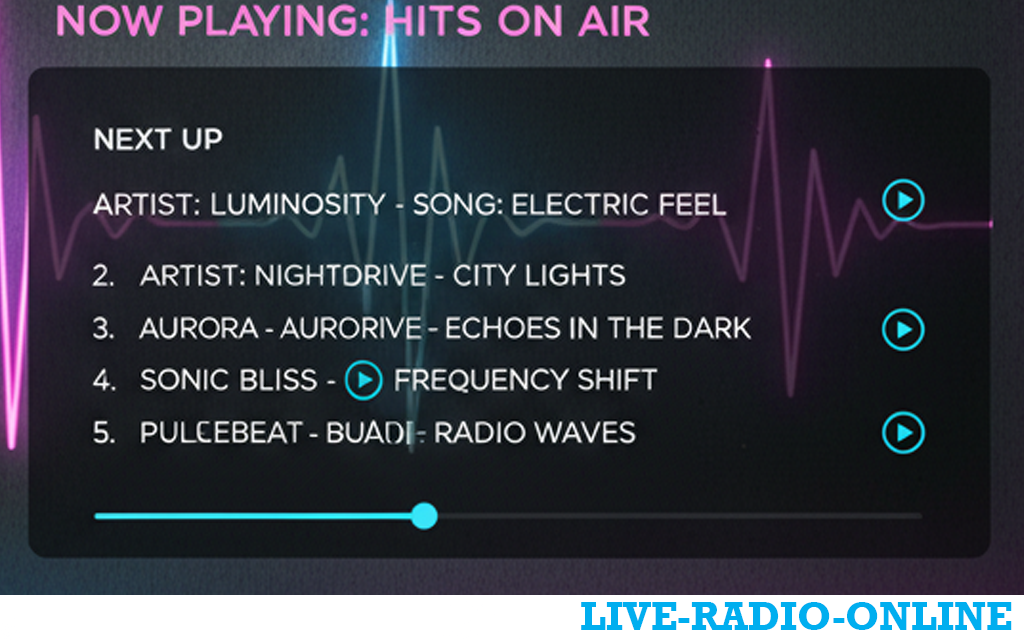
Radio stations use a combination of specialized software and hardware, often referred to as the "playout system" or "automation system."
Here’s a breakdown of the most common programs and the ecosystem they operate in.
The Short Answer
For professional, licensed radio stations in the US and many other countries, the most common software is a tie between:
-
WideOrbit: The industry leader, especially for larger station groups.
-
RCS (Radio Computing Services): A very popular and long-standing system, known for its power and reliability (now owned by Telos Alliance).
-
Dalet: Another major player, strong in news and talk formats but also widely used for music.
Think of these like the "operating system" of the radio station.
The Detailed Breakdown: It's a Suite, Not Just One Program
A radio station's broadcast chain isn't a single app playing a Spotify playlist. It's an integrated system with several key components:
1. The Core Automation/Playout System
This is the master software that runs the station 24/7. It plays music, jingles, commercials, and weather reports according to a pre-programmed "clock" or log.
-
WideOrbit Automation for Radio (WO): Dominant in the market. It handles everything from music scheduling to traffic and billing (managing ad sales). It's known for being robust and scalable for large companies like iHeartMedia or Audacy.
-
RCS Zetta: A very powerful and user-friendly system. It's a direct competitor to WideOrbit and is praised for its intuitive interface and strong music scheduling tools.
-
Dalet Flex: A highly flexible and enterprise-level solution. It's often used by larger broadcasters, including the BBC, and excels at managing complex audio and metadata.
2. The Music Scheduler
This is a specialized module within the main automation system (like WO or Zetta) or a program that integrates with it. It uses "rules" based on the station's format (Top 40, Classic Rock, Country) to ensure the right mix of music.
-
Function: It prevents too many slow songs in a row, ensures artist separation (you won't hear the same artist twice in an hour), and schedules recurrent and gold songs strategically.
3. The On-Air Studio Software (for Live DJs)
When a live DJ is on the air, they use a dedicated interface to interact with the automation system. This is often part of the main software suite.
-
Examples: Zetta has its own on-air interface, as does WideOrbit. They provide "carts" (virtual cartridges) for the DJ to fire off sound effects, jingles, and pre-produced content, and decks to play music and liners.
4. The Broadcast Processor (Hardware & Software)
This is a critical piece of the puzzle. After the audio leaves the computer, it runs through a broadcast processor (a specialized hardware unit) before being sent to the transmitter.
-
Purpose: This "makes it sound like radio." It applies compression, equalization, and limiting to make the audio sound consistently loud, bright, and full across all devices—from a car stereo to a cheap clock radio.
-
Common Brands: Omnia Audio and Wheatstone are top names in this field.
What About Internet-Only or Small Community Stations?
For smaller operations, budget constraints lead to different choices. Here, you'll often find:
-
Radiologix: A more affordable and very popular option for smaller commercial stations, college radio, and community stations.
-
StationPlaylist Studio: A Windows-based software that is a workhorse for many internet radio stations and smaller broadcasters due to its lower cost.
-
BUTT (Broadcast Using This Tool): A simple, free, and open-source tool used to stream audio to services like Icecast or Shoutcast. It's not a full playout system but is great for getting a signal from a computer to an online server.
-
Mixxx: A free and open-source DJ software that can be used for simple live streaming or broadcasting.
Analogy: Building a Car
Think of it like this:
-
The Automation System (WideOrbit, Zetta) is the engine and chassis.
-
The Music Scheduler is the driver's brain and GPS.
-
The On-Air Interface is the steering wheel and dashboard.
-
The Broadcast Processor is the high-performance exhaust and turbocharger that makes the car sound powerful and run efficiently.
Conclusion
No single radio station just uses "one program." They rely on an integrated automation suite.
-
For major professional stations: WideOrbit and RCS Zetta are the most common core systems.
-
The final sound is a combination of this software and critical external hardware processors from companies like Omnia.
For hobbyists or internet stations, software like Radiologix, StationPlaylist, or even BUTT fills the role.


